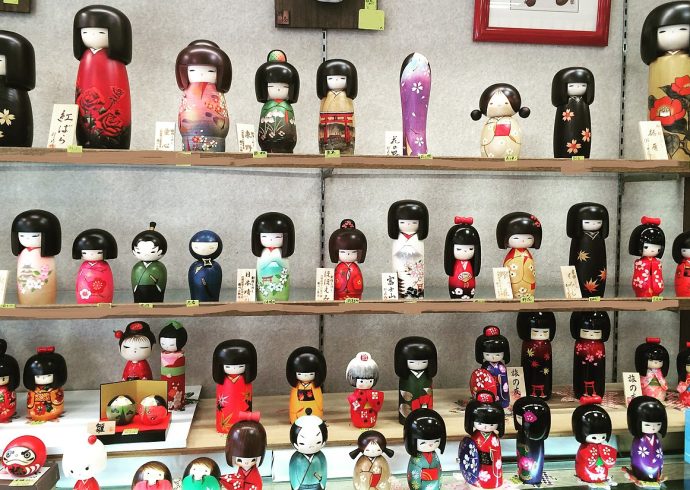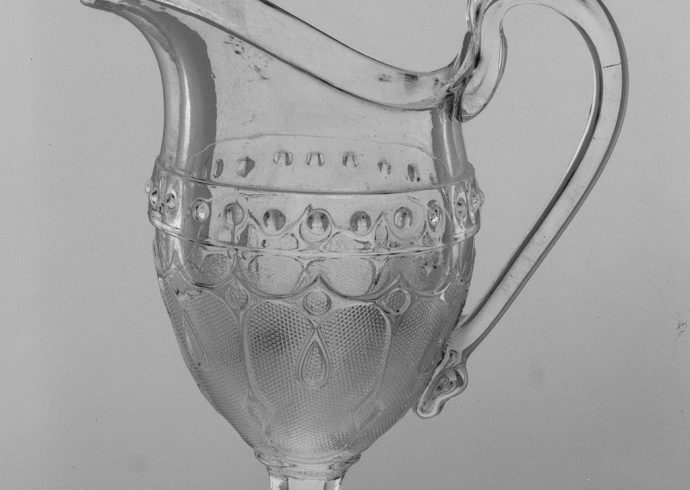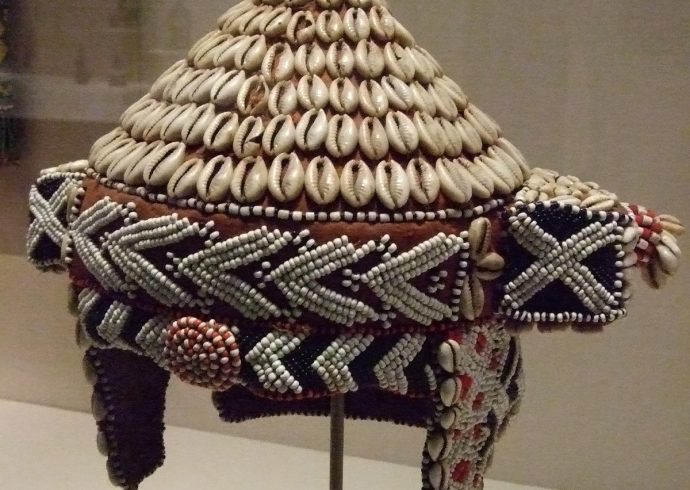
Collecting Glass Beehive Insulators
Glass beehive insulators are a type of electrical insulator used at the top of telephone and telegraph poles in the early twentieth century. Prior to that time, glass insulators were made in other shapes but were not very practical as they did not remain attached to the top of the poles well. With the design of the beehive shape, these insulators became a popular design in use and practically every insulator company made some variation of this design.
When they finally fell into disuse when the old telephone and telegraph poles and wires were taken down, they became a unique collectible for glass collectors. Sometimes the insulators would be left laying on the ground by the old poles, while others made their way into flea markets and local garage sales by those who believed they would be of some value. They became a popular collectible during the 1960’s and because of their shape, the beehive insulators did not need any special display equipment, for the base was always flat.
Each beehive insulator had these same parts: the dome, or the very top; the crown, the wire ridge, which kept the wires in place; the wire groove, where the wires were wrapped around; the skirt at the base which also held the wires in place; and the inner skirt, which usually contained the manufacturer’s name. Companies like Hemingray, Electrical Supply Company, Derflingher, Birmingham and Armstrong made insulators. A few insulators remain unsigned, like the Frye insulators, as very few were made. The insulators were usually clear or aqua glass in color but over time due to the constant exposure to the sunlight, the glass changed color, from clear to pale purple, or green. These color changes were due to the presence of manganese or another metallic salt in the glass. Once the glass changed color, they could not be turned back to the original color. Collectors did not seem to mind the unusual coloring as it provided variation in appearance even though in reality, the natural discoloration devalued the original glass as it used to appear.
Insulators that appear dirty can easily be cleaned through using a mild soap and water to gently wash off any dirt on the insulator. Anything stuck on the insulator that cannot be removed with soap can easily be removed through oxalic acid. When this acid is properly mixed, it can dissolve difficult stains on the glass. Once the stains are removed, then the insulator can be rinsed off with water, and dried.
If you choose to collect beehive insulators, make sure they are in very good to excellent condition. You may choose to collect those made by just one manufacturer, like Hemingray, or particular colors, keeping in mind that some of these colors have been changed through exposure to sunlight. The ones that have most likely been changed are those which appear in the following colors: deep purple with a bluish tinge, metallic blue, bright green, and amber. Of course, there is nothing wrong with wanting to collect these colored insulators as the colors are bright and do stand out, especially when positioned next to the lighter colored insulators. A number of insulators were produced in cobalt blue, amber, and green by the factories who made them, and they came in handy for marking the separate circuits on top of the poles. Regardless of the color, beehive insulators make a unique glass collectible for those who like such items.
Image Credit: Lbrewer42 at English Wikipedia, Public domain, via Wikimedia Commons.


